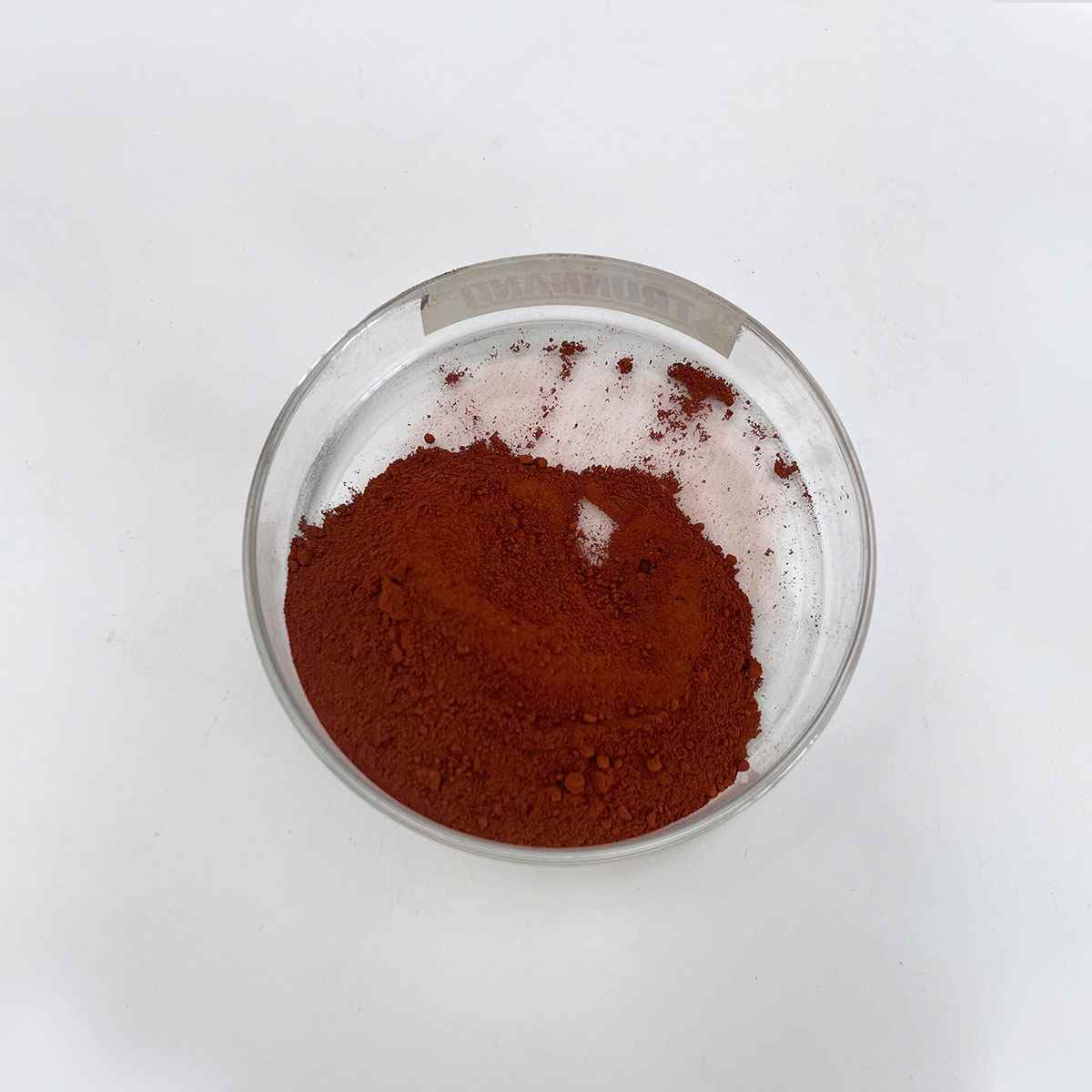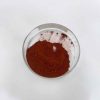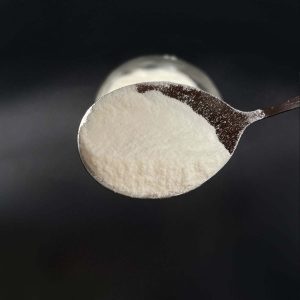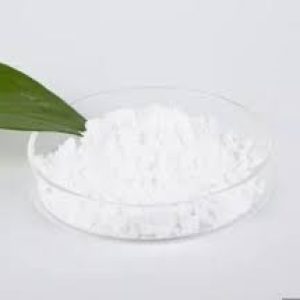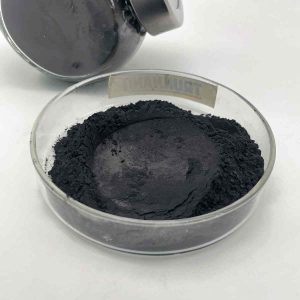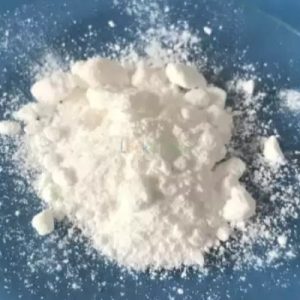Overview of Poly Dadmac in Surfactants for Textile Industry
Cationic surfactants are a class of surface-active agents that contain a positively charged head group or cation when dissolved in aqueous solutions. They are characterized by their unique ability to interact with negatively charged surfaces, making them versatile compounds with applications across industries including personal care, household cleaning, textiles, agriculture, and pharmaceuticals. Their positive charge allows for specific interactions with anionic (negatively charged) molecules, which governs their functionality in various formulations.
Features of Poly Dadmac in Surfactants for Textile Industry
-
Positive Charge: The hydrophilic (water-loving) head of a cationic surfactant carries a positive charge, typically derived from ammonium, pyridinium, or quaternary ammonium groups.
-
Strong Binding: Due to their positive charge, they bind strongly to negatively charged surfaces, like those found on skin, hair, or certain bacteria and viruses.
-
Emulsifying & Foaming Properties: Many cationic surfactants are effective emulsifiers, stabilizing oil and water mixtures, and can produce stable foams.
-
Conditioning & Softening: In personal care products, they improve the feel of hair and skin by depositing a conditioning film, enhancing manageability and softness.
-
Antimicrobial Activity: Some cationic surfactants exhibit bactericidal or virucidal properties, making them useful in disinfectants and sanitizers.
-
Compatibility: They can be formulated with other types of surfactants to enhance performance or modify product properties.
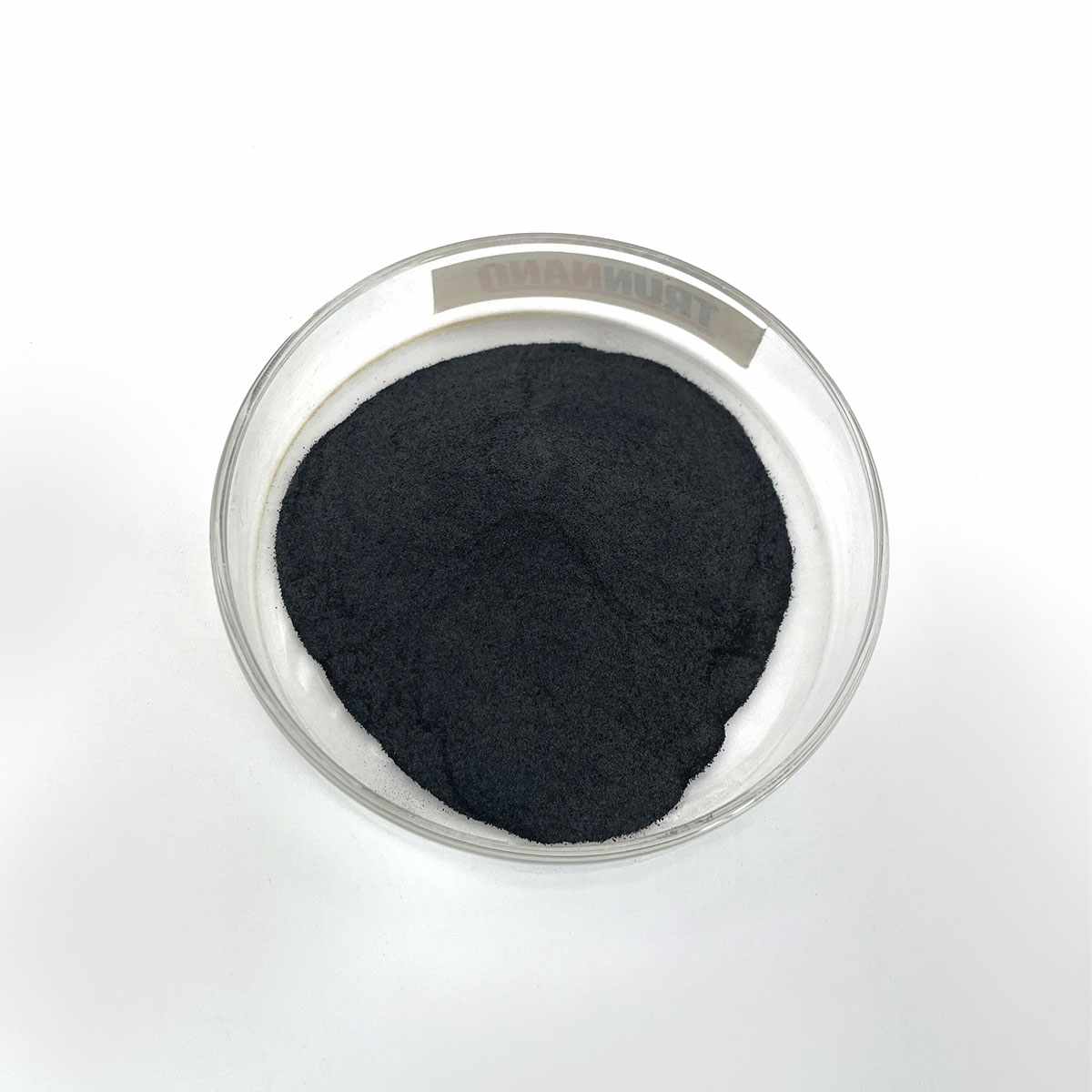
(Poly Dadmac in Surfactants for Textile Industry)
Specification of Poly Dadmac in Surfactants for Textile Industry
Poly Dadmac is a cationic polymer widely used in the textile market as a surfactant. It has a high cationic fee thickness, making it reliable for applications like color addiction, textile softening, and wastewater treatment. The product is water-soluble, enabling easy assimilation into fabric handling systems. Its molecular framework makes certain strong attachment to adversely charged surfaces, such as fibers and dyes, improving efficiency in numerous stages of production.
The main function of Poly Dadmac in fabrics is to work as a softening agent. It reduces the effects of fixed charges on fabric surface areas, minimizing friction and enhancing level of smoothness. This causes textiles that feel softer and much more comfortable. The polymer likewise boosts color uptake throughout tinting processes. By binding snugly to dye molecules, it minimizes color blood loss and boosts color fastness. This makes sure vivid, durable shades even after duplicated washing.
Poly Dadmac is steady across a vast pH array and preserves efficiency under high-temperature conditions. This makes it ideal for harsh fabric handling atmospheres, such as dyeing bathrooms or finishing therapies. The product is typically provided as a clear, thick fluid with a solid material ranging from 30% to 50%. Individuals can weaken it with water to change focus based on specific demands.
In wastewater therapy, Poly Dadmac serves as a flocculant. It binds to put on hold particles and natural impurities, developing bigger aggregates that clear up quickly. This assists textile manufacturing facilities satisfy environmental regulations by minimizing pollutant discharge. The polymer is compatible with various other auxiliaries, consisting of nonionic or anionic surfactants, without shedding effectiveness.
Poly Dadmac is naturally degradable and reduced in poisoning, lining up with growing need for green textile chemicals. Its efficiency permits lower dosage prices contrasted to traditional surfactants, reducing expenses for suppliers. The item is stored in sealed containers far from direct sunshine to prevent deterioration. Customers need to stay clear of mixing it with solid oxidizing representatives to keep stability.
By resolving several obstacles in fabric handling, Poly Dadmac enhances item top quality while enhancing procedures. Its versatility and dependability make it a preferred choice for mills intending to optimize performance and sustainability.
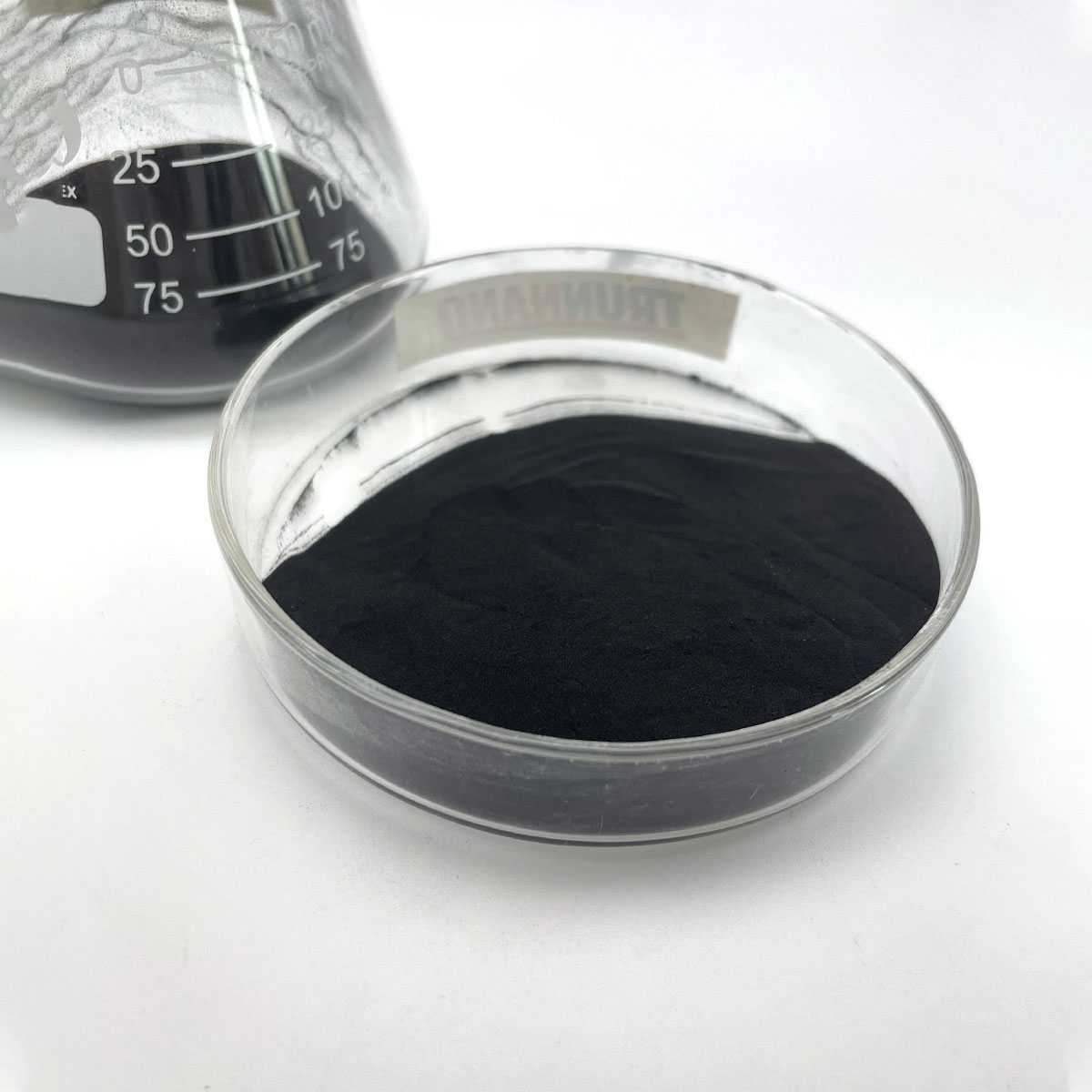
(Poly Dadmac in Surfactants for Textile Industry)
Applications of Poly Dadmac in Surfactants for Textile Industry
Poly Dadmac is a cationic polymer commonly used in the textile sector as a crucial part in surfactant solutions. Surfactants play a crucial role in textile processing by improving wetting, emulsification, and diffusion. Poly Dadmac boosts these features as a result of its solid positive charge and water-soluble nature. Its capability to engage with adversely billed surface areas makes it effective in numerous phases of fabric production.
In coloring procedures, Poly Dadmac-based surfactants assist achieve consistent shade circulation. They act as progressing agents by reducing uneven color absorption on textile fibers. This prevents irregular or blotchy results. The cationic nature of Poly Dadmac allows it to bind with dye particles and fabric surfaces, advertising security throughout cleaning. This boosts color fastness and lowers color waste.
Poly Dadmac is additionally made use of in textile pretreatment. Raw textiles frequently include all-natural impurities like oils or waxes. Surfactants with Poly Dadmac emulsify these substances, making them less complicated to eliminate throughout scouring. This step makes certain the material is clean and prepared for succeeding treatments. The polymer’s compatibility with other chemicals protects against interference with whitening or desizing agents.
Another application is in material softeners. Poly Dadmac serves as a conditioning representative by counteracting fixed fees on synthetic fibers. This decreases rubbing between fibers, leading to smoother, softer textiles. Its film-forming properties develop a safety layer on textiles, boosting longevity and feel.
Wastewater therapy in fabric mills benefits from Poly Dadmac too. Surfactants containing this polymer help accumulation put on hold bits and dyes in wastewater. This streamlines the removal of pollutants throughout filtration or sedimentation. The outcome is cleaner water discharge and conformity with environmental laws.
Poly Dadmac’s convenience includes enhancing the efficiency of printing pastes. It maintains pigment diffusions, guaranteeing sharp patterns and consistent ink attachment. This lowers defects like blood loss or fading in printed fabrics.
The polymer’s reduced poisoning and biodegradability make it a lasting choice for fabric makers. It balances efficiency with environmental safety and security, meeting industry needs for greener processes.
Company Profile
SurfactantChina is a trusted global chemical material supplier & manufacturer with over 12-year-experience in providing super high-quality surfactant and relative products.
The company has a professional technical department and Quality Supervision Department, a well-equipped laboratory, and equipped with advanced testing equipment and after-sales customer service center.
If you are looking for high-quality surfactant and relative products, please feel free to contact us or click on the needed products to send an inquiry.
Payment Methods
L/C, T/T, Western Union, Paypal, Credit Card etc.
Shipment
It could be shipped by sea, by air, or by reveal ASAP as soon as repayment receipt.
5 FAQs of Poly Dadmac in Surfactants for Textile Industry
What is Poly Dadmac? Poly Dadmac is a polymer made from DADMAC monomers. It carries a positive charge. This makes it useful as a surfactant in the textile industry. It helps manage static, softens fabrics, and improves dye performance.
Why use Poly Dadmac in textiles? Textile production needs materials that handle static and improve fabric feel. Poly Dadmac sticks to fibers because of its positive charge. This reduces static buildup. It makes fabrics softer. It also helps dyes stay on fabrics longer.
How does Poly Dadmac work in textile processing? The positive charge in Poly Dadmac attracts negatively charged fabric fibers. This creates a stable layer on the fabric surface. This layer stops static. It makes dye molecules bind tightly to fabrics. It keeps colors bright after washing.
Is Poly Dadmac safe for textile use? Poly Dadmac is safe when used correctly. It has low toxicity. It does not irritate skin under normal conditions. Workers should follow safety guidelines. This includes wearing gloves and masks during handling. Proper storage keeps it stable.
Does Poly Dadmac harm the environment? Poly Dadmac breaks down slowly in nature. Wastewater treatment systems can remove most of it before release. Factories must follow local rules for disposal. This reduces environmental risks. Research continues to improve its eco-friendliness.
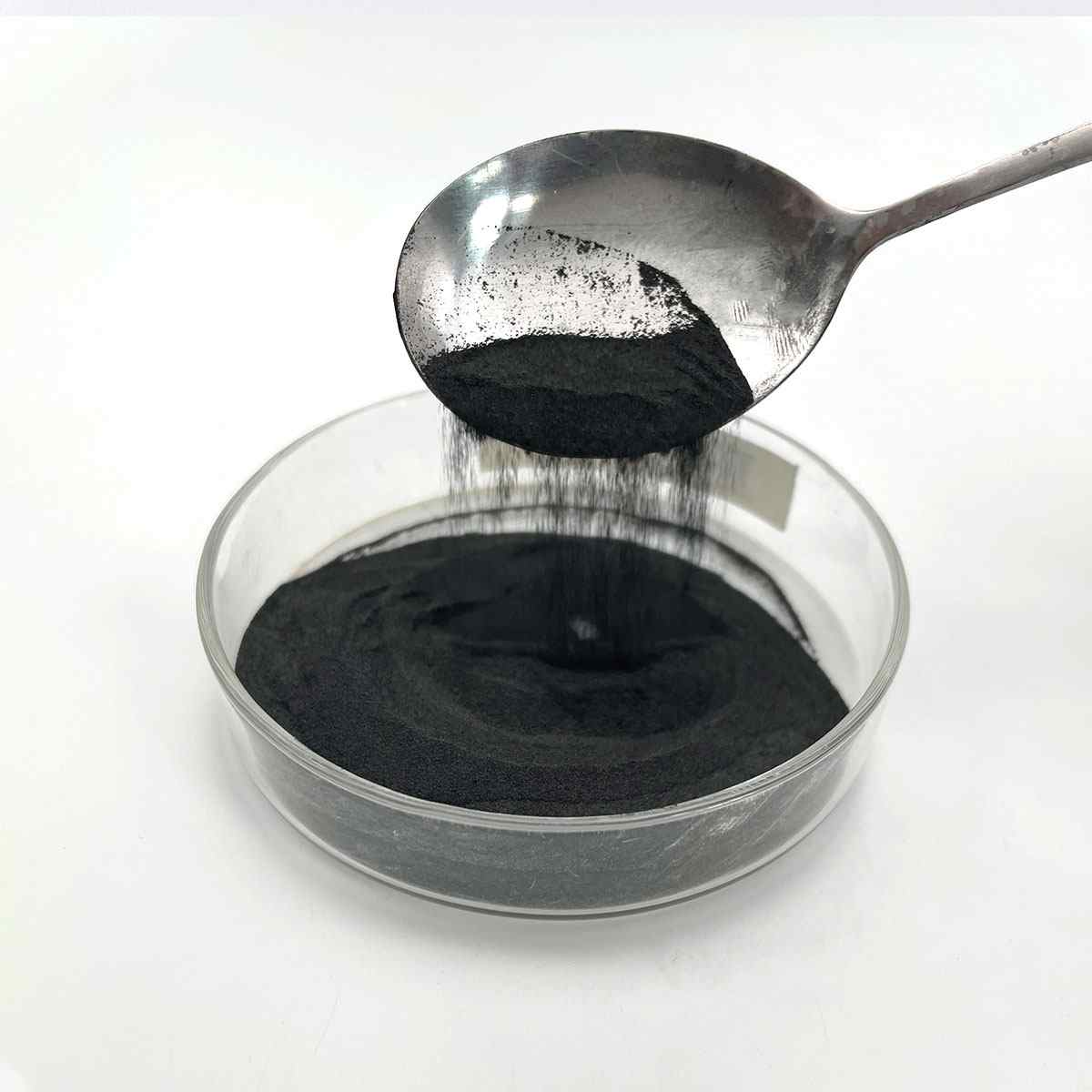
(Poly Dadmac in Surfactants for Textile Industry)

